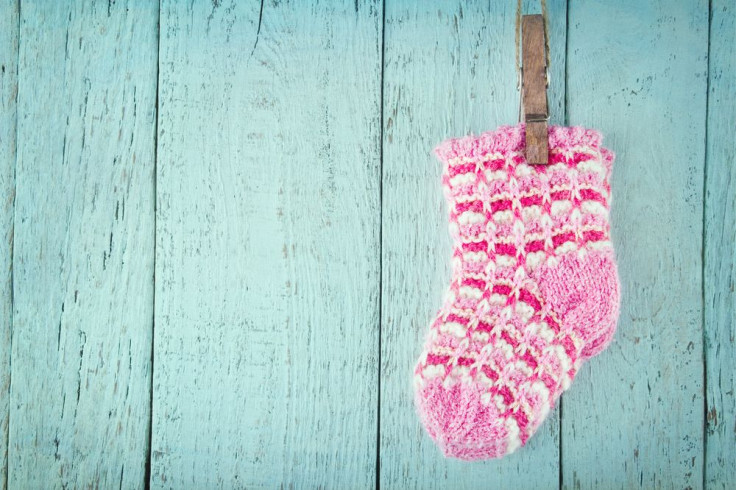Home Birth 4 Times More Likely To End In Neonatal Death Compared To Hospital Delivery

New research reveals that the babies delivered at home have a significantly higher risk of neonatal death, underscoring the importance of an open dialogue between mothers-to-be and obstetricians when it comes to giving birth outside the hospital.
Dr. Amos Grunebaum, a specialist in maternal-fetal medicine and lead author of the new study, said in a press release that, compared to babies born in the hospital, children born at home are four times more likely to suffer neonatal death. The correlation appears to involve the location of birth rather than the credentials of the person delivering it, as the elevated risk was observed in data from freestanding birthing centers as well as home births led by trained midwives. “This risk further increased to about seven-fold if this was the mother's first pregnancy, and to about ten-fold in pregnancies beyond 41 weeks,” Grunebaum added.
The study, which is published in the American Journal of Obstetrics & Gynecology, comes in response to the growing trend of giving birth outside a traditional setting. Many argue that, compared to clinical deliveries, this practice is much better for the mother as well as the child, as it is the most natural way of entering the world. However, the statistics show that these apparent benefits are ultimately outweighed by the risks.
Using data gathered by the Centers for Disease Control and Prevention (CDC) from 10,453,778 newborns between 2007 and 2009, Grunebaum and colleagues found that about one percent had been delivered by midwives at freestanding birthing centers, midwives at home, or others at home. The number of neonatal deaths was shown to be 6.3 per 10,000 deliveries at birthing centers, 13.2/10,000 for home midwives, and 18.2/10,000 for others at home. For children delivered by midwives in the hospital, the rate was only 3.1/10,000.
According to Grunebaum, these results show that obstetricians have an ethical obligation to discuss the absolute and relative risks of home births with expectant mothers who want their child delivered outside a hospital setting. Given the newly discovered risk of neonatal death, he believes that prenatal care providers should always advise strongly against this delivery method. "If you deliver in the hospital with a mid-wife, you can prevent 75 percent of all neonatal death," he told Live Science.
Home Birth: Too Risky?
The study is the latest in a growing number of efforts to investigate the risks attending deliveries in the home. Another example is a report published earlier this year, in which researchers show that babies born at home run a greater risk of developing long-term disabilities. “Having a home birth may be like not putting your child’s car seat belt on,” they wrote. “Most children will be unharmed. Some trips are very safe. And wearing a seat belt will not remove all risk of injury or death. …But on balance it is much safer with a seat belt.”
Grunebaum told reporters that several factors may account for the heightened risk of neonatal death. For example, home birth midwives typically have no criteria as to what patients they should see, allowing them to delivery high-risk pregnancies that would otherwise require the help of a physician. "When the baby is in trouble, you have literally minutes to deliver this baby," he said. "There's no time to transfer the patient from the home to the hospital in sufficient time."
Source: Grunebaum A, Sapra K, Chervenak F. Term neonatal deaths resulting from home births: An increasing trend. American Journal of Obstetrics and Gynecology. 2014.
Published by Medicaldaily.com



























